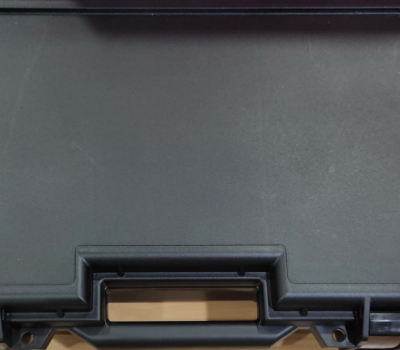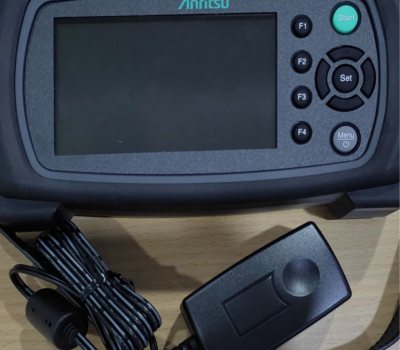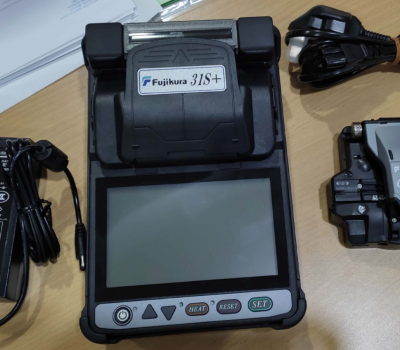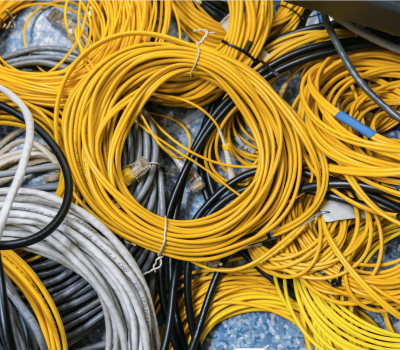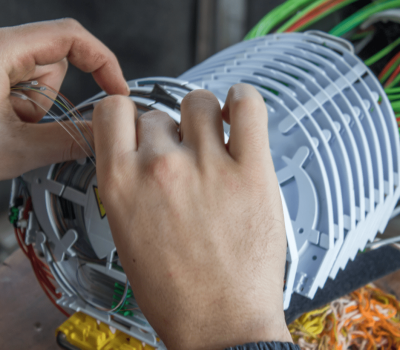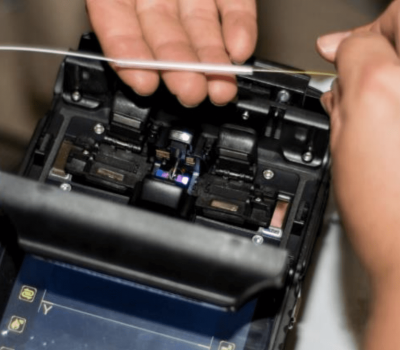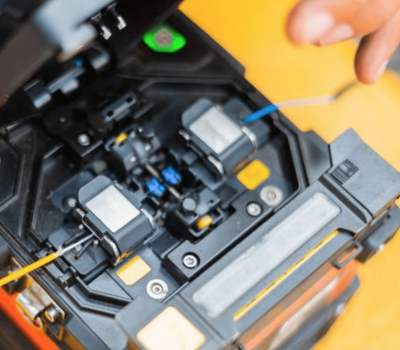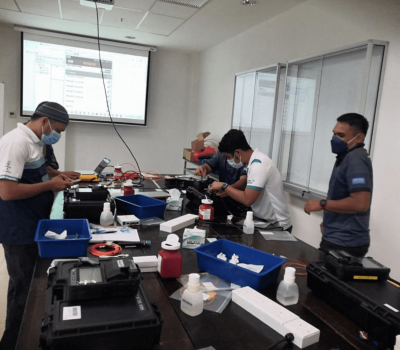Within a plastic casing, a fiber-optic cable includes ranging from a few to hundreds of optical fibres. They are also known as optic cables or optical fibre cables because they transmit data in the form of light and can travel hundreds of kilometres quicker than standard electrical connections. Furthermore, because fiber-optic cables are non-metallic, they are not affected by electromagnetic interference (e.g., weather), which can slow down transmission speeds. Fiber cables are also safer because they don’t transport electricity and hence can’t cause a spark.


